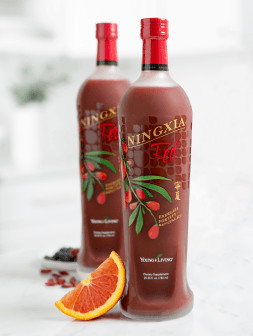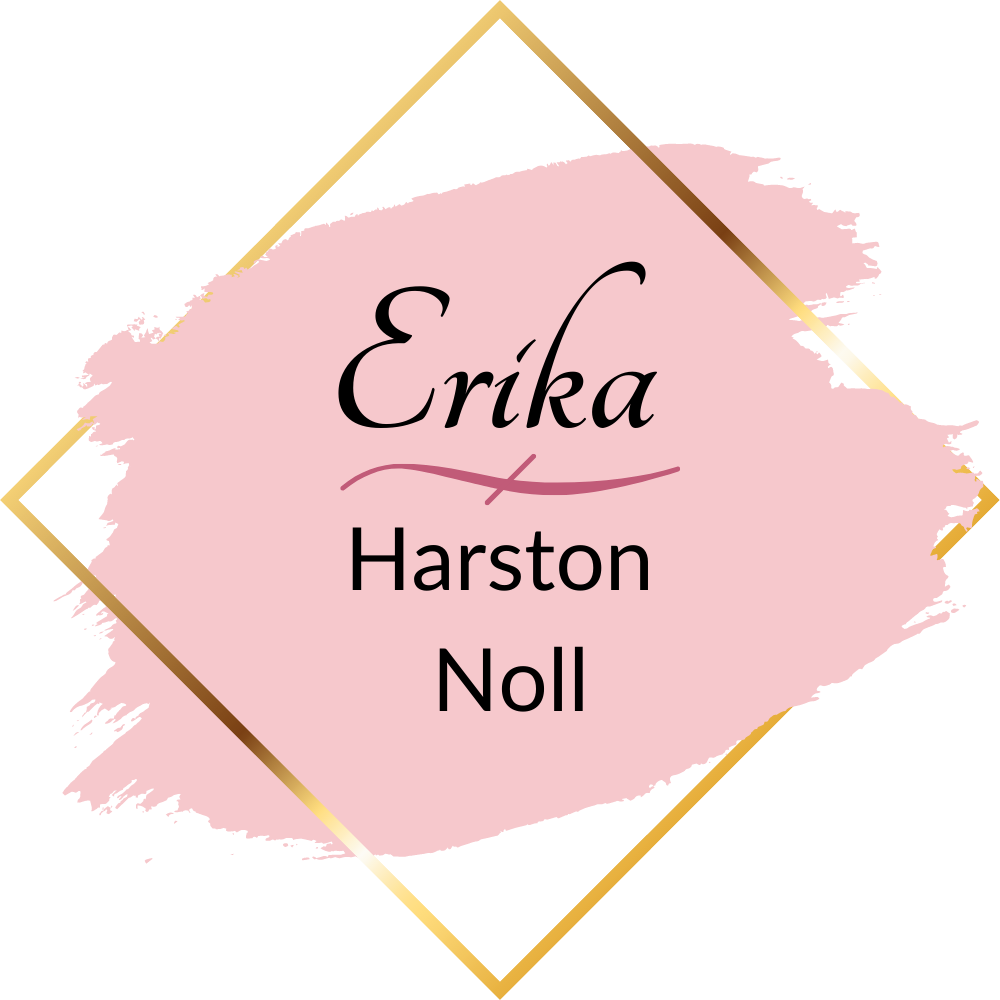Have you ever examined the ingredient list on your laundry detergent bottle? As holistic moms, we care deeply about what we use around our families, and laundry detergent is a daily necessity. Let's explore two common toxic ingredients found in many detergents: NPEs and sulfates, and why you might want to avoid them.
NPEs, or nonylphenol ethoxylates, are chemicals used as surfactants to soften water and break down dirt. However, when NPEs break down, they turn into nonylphenols, which are toxic to both humans and the environment. These compounds can be absorbed through the skin or ingested via contaminated water, and are classified as endocrine disruptors, interfering with hormone function in both humans and animals.
Sulfates, such as sodium lauryl sulfate or sodium laureth sulfate, are responsible for the foamy suds we associate with "clean." However, they can be harsh on sensitive skin, especially when combined with other chemicals. Over time, sulfates can strip away the natural oils from skin and hair, leaving them vulnerable to environmental toxins, bacteria, and allergens, and causing dryness, irritation, and even eczema flare-ups in those prone to skin conditions.
Read more...
Freeze drying is a revolutionary method for preserving food that maintains its nutrients, color, flavor, and structure, offering a superior alternative to canning and dehydrating. It removes moisture without using heat, preventing nutrient loss and allowing food to remain fresh for up to 25 years. From fruits and vegetables to full meals, almost any food can be freeze-dried, making it an ideal solution for preserving a variety of items.
One of the key advantages of freeze drying is its ability to reduce food waste and save both time and money. By freeze-drying leftovers and bulk purchases, families can enjoy healthy, preservative-free meals and snacks. This method also enables the preparation of shelf-stable emergency meals that are nutritious and delicious, making it a valuable tool for health-conscious families and preppers alike.
While freeze drying may initially seem complicated, with the right guidance, it becomes an accessible and empowering kitchen skill. A comprehensive beginner's book simplifies the process, providing easy-to-follow instructions and tips for setting up a machine, prepping different foods, and storing them safely. This resource is perfect for busy moms, gardeners, homesteaders, and anyone seeking clean, non-toxic food options for their family.
Read more...As a mom, ensuring the well-being of your family is a top priority, and self-advocacy in health presents a powerful way to achieve this. It involves equipping yourself with the knowledge and skills to make informed health decisions. By proactively engaging with nutrition, natural remedies, and staying updated with healthcare trends, you can take control of your family's health journey and address medical issues with confidence.

There was a time when I could barely get off the couch, I was so exhausted. I would fall asleep at the dinner table. I dragged all day, but especially in the afternoon and evening. Then I found something that changed my life!
Are you feeling drained and exhausted? Do you feel like you can never get a break from the chaos that happens so often in everyday life? If so, Ningxia Red could be your saving grace! Developed by Young Living, this delicious wolfberry-infused drink is packed with antioxidants, polyphenols, and polysaccharides to help give you the vibrant energy you need to make it through your day.
What Is Ningxia Red?
Ningxia Red is an all-natural supplement that provides antioxidant support. It is formulated with powerful compounds such as d-limonene, which helps reduce inflammation in our bodies and supports healthy immune system function. Additionally, it contains organic wolfberries that are naturally high in fiber as well as vitamins A, C, and E. These essential nutrients work together to help regulate cellular health and improve overall vitality.
What Benefits Does Drinking Ningxia Red Provide?
Drinking Ningxia Red can provide many benefits for moms who are looking for holistic, natural ways to boost their energy levels without relying on caffeine or sugary snacks. Not only does it give you a boost of energy throughout the day but it also helps reduce stress levels and promotes better sleep quality at night. The combination of antioxidants, polyphenols, and polysaccharides found in Ningxia Red also supports healthy digestion and nutrient absorption while helping to protect against harmful free radicals in our environment. Plus, it tastes great!
If you’re looking for an all-natural way to get past your exhaustion and have vibrant energy throughout the day, then try out some delicious Ningxia Red! Packed with essential nutrients such as d-limonene, vitamins A & C, plus organic wolfberries – this supplement will not only give you that much needed burst of energy but also provide lasting benefits such as reducing stress levels and promoting better sleep quality at night. So go ahead - start drinking some Ningxia Red today! You'll soon feel more energized than ever before!
Ningxia Red was my answer - could it be yours?
Ningxia Red (Use the code SHAREYL for 10% off!)
Are you looking for a full program with support, meal plans, education, and more? Find it here.
My blogs contain some affiliate links.
Any purchase made is a blessing to my family at no extra cost to you!
Thank you for supporting us!

You spritz it on, thinking it has a beautiful scent, but did you know most perfumes are loaded with hidden toxins that mess with your hormones, your brain, and even your fertility?
Seriously. The word “fragrance” on a label can legally hide thousands of chemicals, including:
• Endocrine disruptors – Linked to infertility, thyroid dysfunction & hormone imbalances.
• Carcinogens – Found in breast, ovarian, and prostate cancer cases.
• Neurotoxins – Cause brain fog, headaches, anxiety & nervous system damage.
• Respiratory irritants – Worsen asthma, allergies & even pollute your indoor air.
And worst of all? These chemicals don’t just sit on your skin. They fill the air in your home and get absorbed into your body through both lungs and skin, affecting not just you but your whole family. And the ingredient "fragrance" is not just in perfumes, it's in everything from cleaning products, to cosmetics, to lotion, and everything in between. And so many wonder why their hormones are messed up or why they have headaches all the time!
If you are one of those people who have wondered why certain perfumes give you a headache, make you feel foggy, or just don’t sit right with you… this is why. But even if you have no noticeable reaction, they can still cause harm, especially over time.
So What’s the Solution?
You don’t have to give up wearing perfume—you just need one that’s actually safe.
Which is why I’m SO excited I've found Wyld Notes- the first-ever luxury, plant-based, non-toxic perfume. It is called a "fine fragrance," but you will not find the ingredient "fragrance" or any other harmful ingredients inside these bottles.
• 100% plant-based, clean ingredients
• No phthalates, parabens, or hormone-disrupting chemicals
• Inspired by nature, formulated for purity
• Safe for your hormones, your home, and your health
As a woman who has experienced firsthand the effects of toxic products—chronic migraines, asthma, and hormone imbalances—I’m passionate about helping other women make simple swaps that protect their health.
If you’re going to wear perfume, I recommend finding a brand like this because your health is too important to gamble on hidden toxins.
Go here to learn more and take a quiz to find your perfect non-toxic fragrance.
My blogs contain some affiliate links.
Any purchase made is a blessing to my family at no extra cost to you!
Thank you for supporting us!



